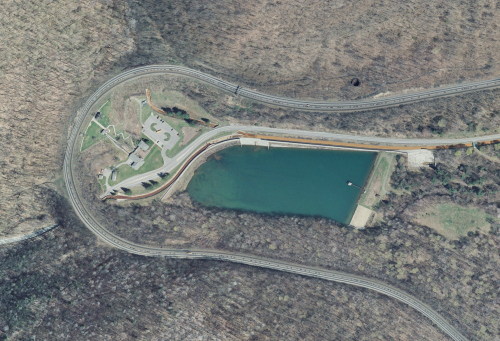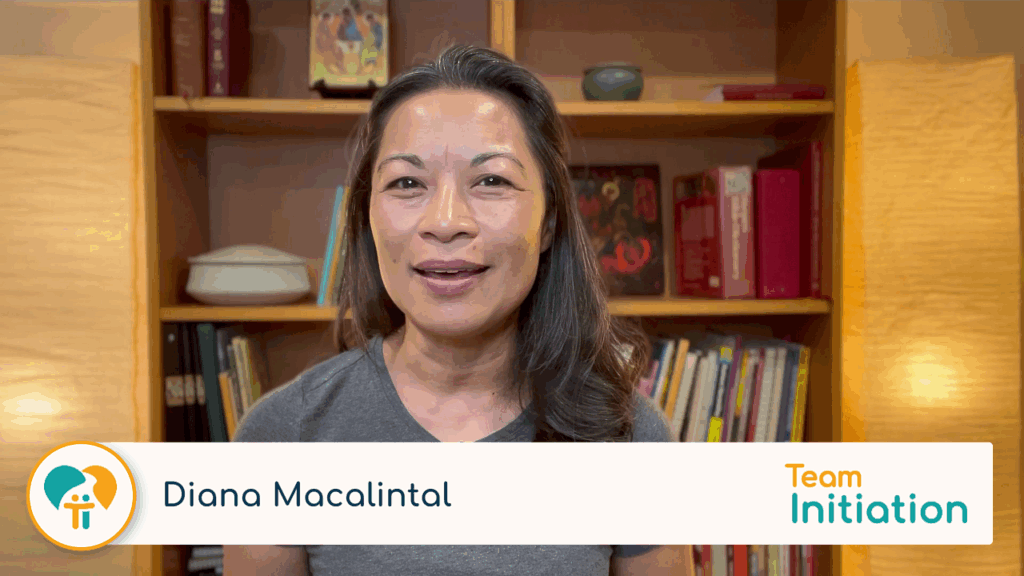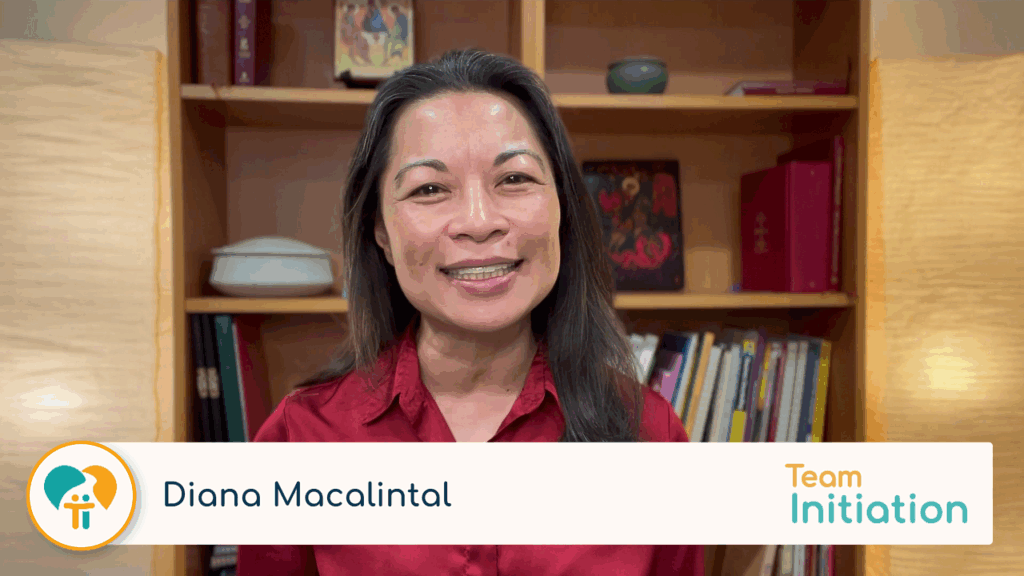The Diocese of Altoona-Johnstown in beautiful western Pennsylvania has been doing some serious work on making the baptismal catechumenate the model of formation for the Sacrament of Confirmation. I had the pleasure of joining folks in the diocese for a recent workshop where we explored how the baptismal catechumenate model is the basis for their Confirmation preparation guidelines.
Indeed, the baptismal catechumenate as a gradual journey of conversion was on my mind as drove I toward Mount Aloysius College in Cresson, the site of the conference. And, it was on my mind as I missed the exit for the college and continued eastward down into a picturesque valley where the foliage was beginning to turn auburn and the misty fog clung delicately to the treetops. Turns out I was in an area known as Horseshoe Curve, one of the steepest inclines in the Allegheny Mountains and there were no exits for nearly 20 miles.

So, I just kept driving down into the valley, trying not to panic, and then made my way back up the mountain to the college, musing all the while how “the journey” is full of unexpected turns.
When I finally arrived, five minutes before the opening of the workshop, diocesan directors Jeanne Thompson and Francine Swope, had everything prepared and ready to go. They hadn’t missed a beat! So, we jumped right into the vision of the catechumenate. These veteran diocesan directors are committed to the baptismal catechumenate as the model for all formation. In fact, they are moving toward revising all their sacramental preparation guidelines to reflect the baptismal catechumenate model.
Furthermore, the Altoona-Johnstown diocese has presently developed some brilliant Confirmation guidelines that include all the major principles of baptismal catechumenate. Thus, we began by naming the guiding principles of baptismal catechumenate as inspiration for all catechesis (General Directory for Catechesis, no. 91):
- Importance of the sacraments of initiation
- Role of community
- Paschal mystery
- Inculturation
- Process of formation
- Gradual and done in stages
- Liturgical rites, signs and symbols
Participants at the workshop; confirmation catechists and coordinators, DREs, youth ministers and RCIA coordinators; discussed how their present Confirmation preparation programs could adapt to be more catechumenal in nature. Some members of the groups said they could:
- Include more liturgical catechesis
- Focus more on the conversion of the candidates
- Involve the parish community in the preparation process
- Develop a mystagogical component for after the celebration of the sacrament.
Interestingly, the diocesan guidelines call for an entire year of mystagogy after their high school students are confirmed in the 11th grade. Sounds to me like Altoona-Johnstown is taking this catechumenate stuff pretty seriously. I think I need to follow their directions.


















Rita, that’s hilarious that you ended up going around the Horseshoe Curve! A very famous venue, I might add! Of World War II significance. Did you get a chance to go to the museum?
At any rate, the theme of the workshop is very significant. We’ve known about the RCIA as “model” for years, but the actual work of integrating our understanding of initiation into the work of preparing youth for Confirmation is still new territory for so many parishes.
Did you get into what all happens during their “year of mystagogy” after Confirmation? I’d love to hear more about that.
Horseshoe Curve is a very significant landmark and quite the engineering feat! I did not visit the museum, but I will on my next visit.
Regarding the year of mystagogy, the highlights include a significant amount of time spent unpacking the experience of sacrament of confirmation. We talked a lot about the importance of good liturgical catechesis. Also, Jeanne emphasized the mission component of mystagogy, particularly as it relates to transitioning out of high school and onto college, career, or vocational training. How will the newly confirmed continue the mission of Jesus Christ as they leave high school and move out into a new arena?
Jeanne Thompson and Francine Swope sent in this note:
“We are so grateful for Rita accompanying us on this journey. She has indeed been a mentor to us as this has been the fourth workshop in our diocese since the mid-1990’s when we began to formally catechize “our folks” about the Rite of Christian Initiation Part II: Rites of Particular Circumstances for the Children of Catechetical Age.
“Our friendship has also been growing through these years as we compare notes and pictures of our children, and now my grandchildren.
“As a footnote: Rita Ferrone has also been a companion with us as she has been a presenter/facilitator three or four times too since the 1990’s.”